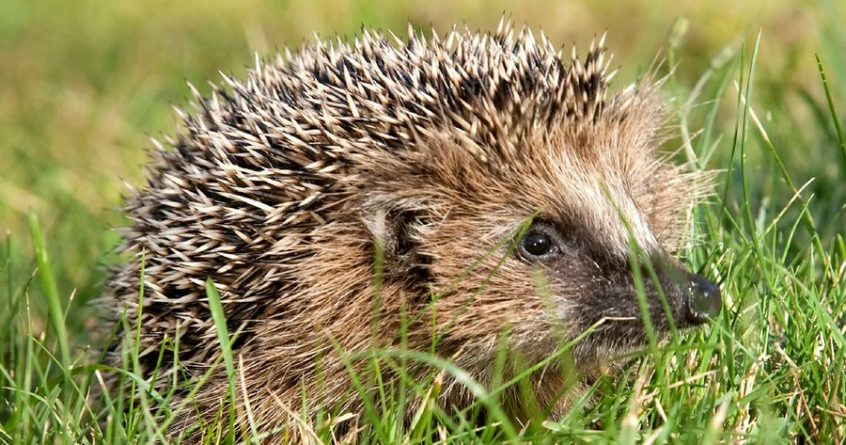We think of antibiotic-resistant bacteria as a modern phenomenon brought about by the careless use of antibiotics.
But are they? It now appears they’ve been around for centuries and may have arisen in an animal, not humans. Step forward the humble hedgehog.
We’re talking about the resistant superbug MRSA, which appeared long before the use of antibiotics in human beings and livestock, and has often been blamed for resistance.
Staphylococcus aureus first developed resistance to the antibiotic methicillin around 200 years ago, and a large international collaboration between the University of Cambridge, England’s Wellcome Sanger Institute, Denmark’s Serum Statens Institut and Kew Gardens has traced the genetic history of these bacteria.
While conducting the hedgehog surveys in Denmark and Sweden, researchers found up to 60% of them carry a type of MRSA called mecC-MRSA. This was also found in hedgehogs elsewhere in Europe and New Zealand.
The researchers believe that antibiotic resistance evolved in Staphylococcus aureus because it existed on the skin of hedgehogs alongside a fungus (Trichophyton erinaceid), which produces its own antibiotics.
The Staphylococcus aureus that emerged is now known as MRSA and predates antibiotic use in medicine and agriculture.
Dr Ewan Harrison, a senior author of the study and a researcher at the Wellcome Sanger Institute and University of Cambridge, says: “Using sequencing technology we have traced the genes that give mecC-MRSA its antibiotic resistance back to their first appearance, and found they were around in the 19th century.
“Our study suggests that it wasn’t the use of penicillin that drove the initial emergence of MRSA, it was a natural biological process.
“We think MRSA evolved in a battle for survival on the skin of hedgehogs, and subsequently spread to livestock and humans through direct contact.”
In 2011, work led by Professor Mark Holmes, of Cambridge University Department of Veterinary Medicine, first identified mecC-MRSA in humans and cows.
At the time it was assumed the strain had arisen in cows because of the large amount of antibiotics they’re routinely given as growth promoters.
Identified in patients in 1960, MRSA is much harder to treat than other bacterial infections due to its resistance to antibiotics.
The World Health Organisation now considers MRSA one of the world’s greatest threats to human health. It’s also a major challenge in livestock farming.
The findings, however, aren’t a reason to fear hedgehogs… “all wildlife carries many different types of bacteria, as well as parasites, fungi and viruses,” says Prof Holmes.

